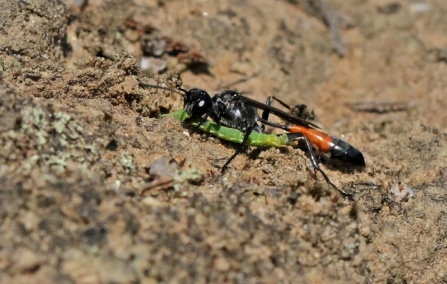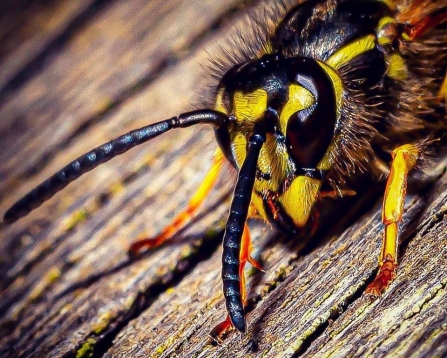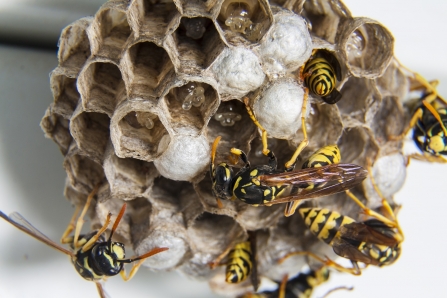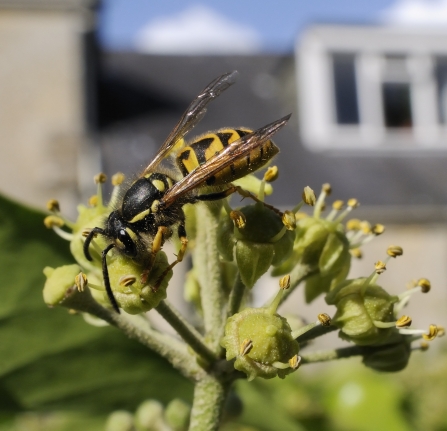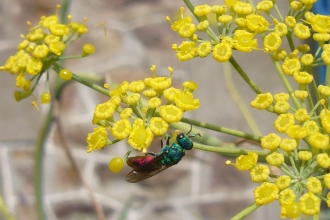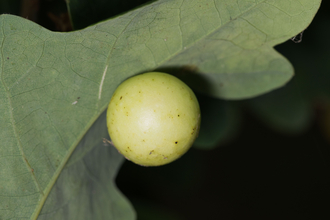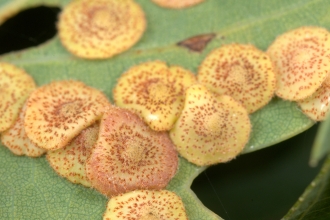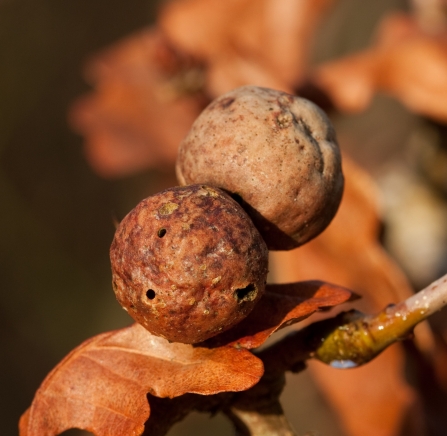
Oak gall by Vaughn Matthews
1. There are about 9,000 species of wasp in the UK. Only nine of these form the large, social nests we usually think of – the others are solitary. Many of the 9,000 species are parasites of insects or plants, such as gall wasps which lay eggs on a plant, causing it to form a gall to protect the larva.


